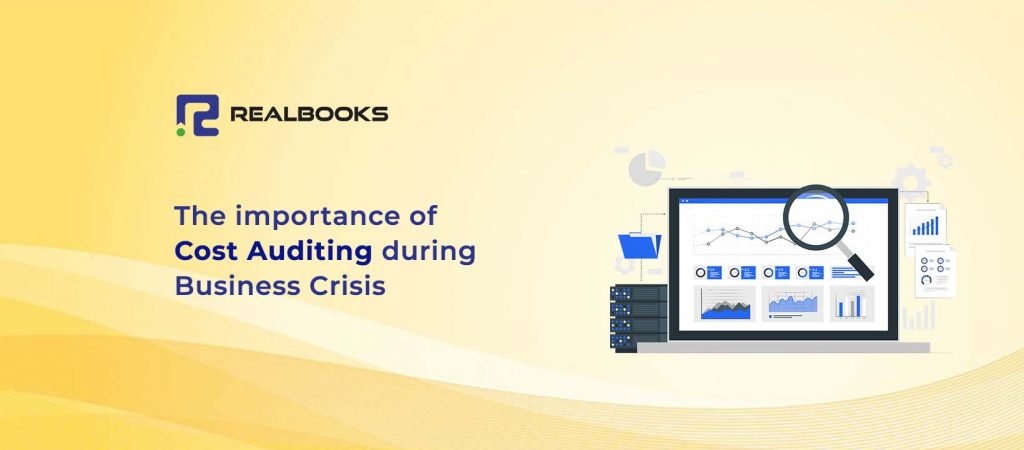What is Cost Auditing?
Cost auditing usually ascertains the accuracy of cost accounting records. And it ensure that they are in conformity with cost accounting principles, plans, procedures and objectives. Cost audit aims to identify the undue wastage or losses and ensure that costing system determines the correct and realistic cost of production. Knowing the position of your company is vital for survival in the long run.
Therefore cost auditors make the necessary changes to the various financial aspects of the company. Thereby reducing cost and plans to efficiently saving money. This is one of the true things ever said.
” Never take your eyes off the cash flow because it’s the lifeblood of business ” – Richard Branson
For a business owner to be able to pay off expenses, invest in new opportunities or grow a business, a consistent revenue flow is mandatory. In fact, 82% of startups and small businesses fail due to poor cash flow management.
What is Cash flow management?
It can be defined as the process of monitoring, analyzing, and optimizing the net amount of income and expenditure of an individual or firm on a cash flow basis. Most companies view profits to benchmark their performance. But the reality is that cash flows are much more important for this size of entities. Especially when they are self-funding or a boot-strap and do not have access to external sources of funds. It’s possible your billings consistently exceed your expenses.
But if those billings are not realized in a timely manner. You cannot possibly make payments on time and can fall into a poor cash flow cycle. You need to buy a computer or some other asset and expect a significant outflow. But you have not planned the outflow since it does not show up as an expense it’s an asset. When you pay for it, you are bound to face cash flow issues as it probably consumes a significant part of your cash flows – as it is unplan ‘expense’.
It is the owner’s primary duty to ensure that the business is up and ready steadily. His aim is to ensure cost creep remains dissolved. Cost creep is when the expense of the company is continuously increasing over a period of time without the direct knowledge of the proprietor. Certain times even after being very vigilant, cost creep occurs.
To help manage such crisis, we advice you to begin with cost auditing.
Here is how you should go about with Cost Auditing
Analyze the current status:
The primary step, like in any crisis, is to observe the problem.
Take a look at your financials and analyze your costs.
Evaluate how the company is doing so far during the year.
And compare it to the initial budget and goals set during the beginning of the year.
Also, compare it with the previous year’s statistics.
Take a note of every major reason accountable for the variation in the graph.
By doing the following analyzing, one gets a clear picture of the company’s economic status.
Strategize the best solution:
For strategizing cost-cutting, first one should determine the importance of each expense and asset acquisition on the list. We can figure this out by conducting a simple exercise.
Namely, create a list of all of your costs to date with four columns for each one. Title the four columns:
- Is this expense really necessary?
- What would be the ROI on this expense?
- Is there an alternative to this expense?
- Would it be ok to omit this expense altogether?
This would definitely help you think and cut down all the secondary expenses that aren’t necessary for that instance.
Implement the new plan of action:
Once you have successfully strategized your cost-cutting, it’s now time to implement it.
Depending on the nature of the expense, some costs can cut or reduce immediately while others decrease over time.
It recommends that every business does cost auditing twice a year.

